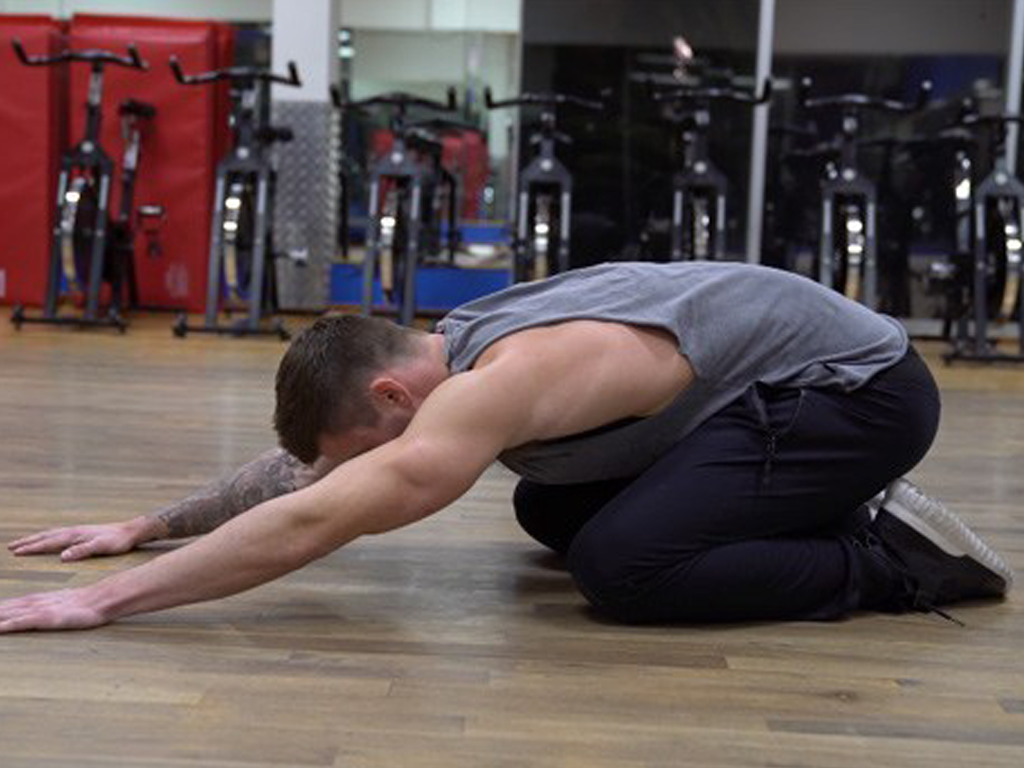WINTER
Winter care
Christmas and New Year celebrations are now over, you may have added on a few festive pounds and the long British winter has just got colder! These are some of the reasons why January and February can be a rather depressing time and can encourage us to shelter indoors, be less active and overeat on comfort food. However, what is stopping you from making this one of your healthiest years and what better way to do this than to make a New Year’s promise of sticking to some simple healthy eating and exercise rules this winter?
Extra care is needed over winter. We need to wear suitable clothing and eat the right foods. This guide will plan a new you and suggest new goals and some enjoyable activities to look forward to this winter.
Eating the right foods
During winter it is especially important to eat a healthy diet with lots of fresh fruit and vegetables. Home-made vegetable soups are great for cold days. This not only provides vitamins that aid the immune system, but these foods are also rich in anti-oxidants, substances known to counteract the effect on the body of free radicals.
Eat a variety of different coloured fruit and vegetables. If you aim to eat a range of colours each day it will be easier to reach the goal. Red, orange, green, yellow and white from the fresh, canned, frozen, juiced and dried options available are just a few of the colours you should aim to eat each day.
Winter soups are an ideal way of getting lots of vitamins and minerals. Use a combination of fresh, frozen and canned vegetables depending on what’s in season.
Canned and dried fruits are great accompaniments to breakfast porridge or perhaps a low-fat yoghurt snack.
For a healthy smoothie, blend canned or frozen fruit with a banana, yoghurt and low fat milk.
Snacks such as dried fruits, mini fruit muffins and baby carrots are low fat, easy to prepare and readily available all year round.
There are many ways of increasing your winter vegetable intake. By adding a cup of frozen mixed vegetables or dried pulses to winter stews and sauces you can easily increase your vegetable intake.
Winter walking
When our muscles become cold and tight they are more prone to injury than when warmed up and flexible. It will do your back a world of good if warm up for five to ten minutes before any strenuous activity. Warm up with a brisk walk or marching on the spot. Then, stretch your lower back and hamstrings (the large muscles in the back of the thigh) with gentle stretching exercises.
Winter walks are a great way to exercise, reduce stress and stay social. Well fitted shoes or boots with good treads will help to minimise injuries from slipping. Spreading sand and salt on your garden path or driveway will increase traction and reduce the likelihood of slipping on the ice. We need water in winter as much as in summer and drinking fountains may be turned off so always carry water with you to stay hydrated.
What to wear
Dress infants and children warmly for outdoor activities. Several thin layers will keep them warm and dry. Clothing for children should consist of thermal clothing such as long johns, turtlenecks, pants, sweater, coat, warm socks, boots, hand gloves and a hat. Winter hats are essential to prevent heat escaping from your body and help protect from rain.
As a rule of thumb for older babies and young children, always aim to dress them in one more layer of clothing than what an adult would wear in the same conditions.
Indoor exercises
If you are not able to go outside in the cold or prefer to exercise in the convenience of your own home, why not try stretching exercises or on the spot jogging? Moving around through house work or cleaning can also help. Dancing or simple yoga and relaxation exercises are also great ways of stress relieving exercises.




